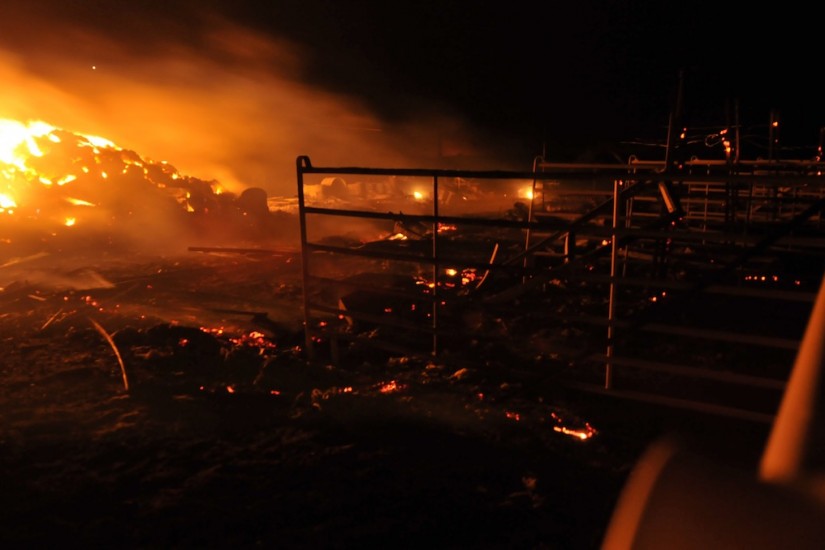Euro-American settlement in the 1860's dramatically changed Colorado's forests. Before then, large open meadows separated small stands of ponderosa pines. Low intensity wildfires would have moved through those stands regularly.
Today, generations of livestock grazing and mining have reshaped forests, as has the creation of an agency devoted to curbing wildfires.
In Colorado, some forests haven't seen fire in more than a century. They are more dense, and thick with undergrowth. That means when fires do happen, there's more fuel for them to burn hotter, and they can spread faster from treetop to treetop.
Now, Cheng and Brown's research, published in April in Forest Ecology and Management, offers specific guidelines to help restore and manage Colorado's forests in a way they say is more friendly to wildfire. Similar research has been done in Oregon and New Mexico.
"We're not trying to exclude fire," Cheng says. "We're actually trying to set the landscape up to receive fire."
The idea may be counterintuitive, but regular, small fires can help prevent larger ones that are hotter and more destructive.
Another key seems to be more diversity in tree type and age. "There were a variety of tree sizes," says Mike Battaglia, a U.S. Forest Service researcher and lead author of the Colorado study. "Some stands were pure ponderosa pine, and others were mixed with Douglas fir."
Guided by this historical research, seasonal workers in Boulder County, Colorado, are already at work thinning forests. At Hall Ranch, more than a thousand tree logs are stacked chest high in a large, open meadow. The county will sell this firewood to the public.
The end result looks like what you might have seen here a century ago. Groups of old and young trees appear in clumps. There are large open spaces, and a giant meadow. If you look closely at the ground you can see charred earth from a previously introduced fire.
"There should be pocket openings, there should be a couple of dense areas, there should be areas with five or six very large trees sitting together," says Stefan Reinold, Boulder County's senior forestry resource specialist.
As part of the overall strategy, Reinold set this 85-acre patch of land on fire few years ago. The controlled burn happened after hundreds of trees had been cleared.
